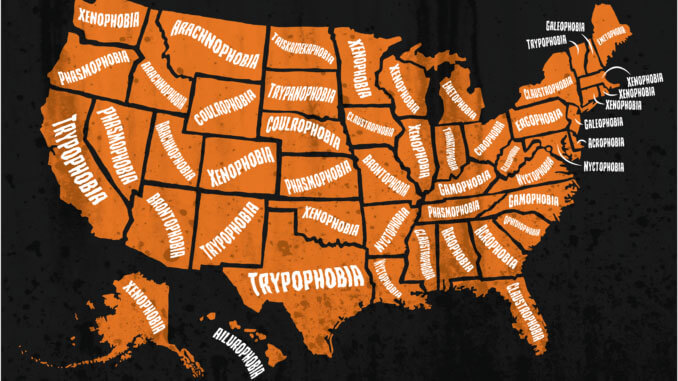Dancing for Depression: How Dancing Can Combat Depressive Symptoms
Dance your way through the blues—literally. Here’s how moving to the beat can help reduce depressive symptoms and boost your mental health, backed by science.

Prudente, T. P., Mezaiko, E., Silveira, E. A., & Nogueira, T. E. (2024). Effect of dancing interventions on depression and anxiety symptoms in older adults: A systematic review and meta-analysis. Behavioral Sciences (Basel, Switzerland), 14(1), 43. https://doi.org/10.3390/bs14010043
Key Takeaways:
1. Research has shown that dancing is the most effective exercise for reducing symptoms of depression, outperforming SSRIs and cognitive-behavioral therapy (CBT) alone.
2. A 2024 systematic review and meta-analysis of 218 studies with 14,170 participants found that dancing had a greater impact on alleviating depressive symptoms than other forms of exercise, such as walking, jogging, yoga, and tai chi.
3. While different types of exercise benefit various demographics, dancing consistently led to the best improvements in depressive symptoms across all groups.
4. Dancing enhances mental health by boosting self-esteem, improving social connections, and releasing mood-lifting brain chemicals, making it a powerful tool for combating depression.
Exercise and physical activity are good for your body, but research has also shown that being active has important benefits for your mental well-being. According to recent research, that includes reducing symptoms of depression.
In fact, one study found that dancing on its own was the single best way to relieve symptoms of depression–even more effective than SSRIs and CBT alone.
Researching on Dancing for Depression
Past research has shown that exercise can be an effective way to improve mental health, but a 2024 study found that dancing was the MOST effective way to combat depression. The systematic review and meta-analysis looked at 218 different studies with 14,170 participants and found that dancing beat out other exercise interventions, including walking, jogging, yoga, and tai chi.
Moderate reductions in depressive symptoms were seen across all exercise interventions, which were greater than treatments involving SSRIs or cognitive-behavioral therapy (CBT) alone.
Not only that, dancing on its own was the single most effective treatment for depression. In a post on X (formerly Twitter), scientist and researcher Erik Hoel noted, “They buried the lede on this new study. It’s not that exercise beats out SSRIs for depression treatment, but that *just* dancing has the largest effect of *any treatment* for depression. That’s kind of beautiful.”
Comparing Types of Exercise for Depression
While dancing for depression was the most effective intervention, other forms of exercise and treatment were also effective in reducing depressive symptoms. Runners-up included walking, jogging, yoga, aerobic exercise, and therapy.
Different groups of people also experienced different effects depending on the type of treatment.
- Women experienced the greatest symptom reduction in response to strength training and cycling.
- Men benefited more from yoga, tai chi, and aerobics combined with psychotherapy.
- Older adults had the best results when using yoga and aerobics alongside psychotherapy.
- Younger people were helped the most by strength training.
However, dancing on its own was the type of exercise that consistently led to the best improvements in depressive symptoms across all groups.
How Dancing for Depression Helps
According to WebMD, dancing has a number of important mental health benefits. Such benefits include:
- Boosting self-esteem
- Improving social interaction and connection
- Easing symptoms of depression and anxiety
- Boosting mood and improving attitude
Dancing can offer a sense of mastery, which can help you feel better about yourself and your abilities. It can also combat loneliness by dancing and connecting with others. And because you are getting active and moving your body more, it helps release brain chemicals that can lift your mood and help reduce negative thinking.
The benefits of dancing extend beyond its effectiveness in combating depression. It triggers the release of brain chemicals that promote a sense of well-being, acts as a stress buster, and elevates mood. PsychCentral also highlights its role as an effective somatic therapy, enhancing body awareness and promoting mindfulness, thereby diverting attention from distressing thoughts and fostering a stronger connection with the present moment.
The Bottom Line:
So whether you want to dance alone in your room, sign up for a class, or spend an evening out dancing with friends, dancing may offer powerful benefits for combating depression.
Source: Prudente, T. P., Mezaiko, E., Silveira, E. A., & Nogueira, T. E. (2024). Effect of dancing interventions on depression and anxiety symptoms in older adults: A systematic review and meta-analysis. Behavioral Sciences (Basel, Switzerland), 14(1), 43. https://doi.org/10.3390/bs14010043





